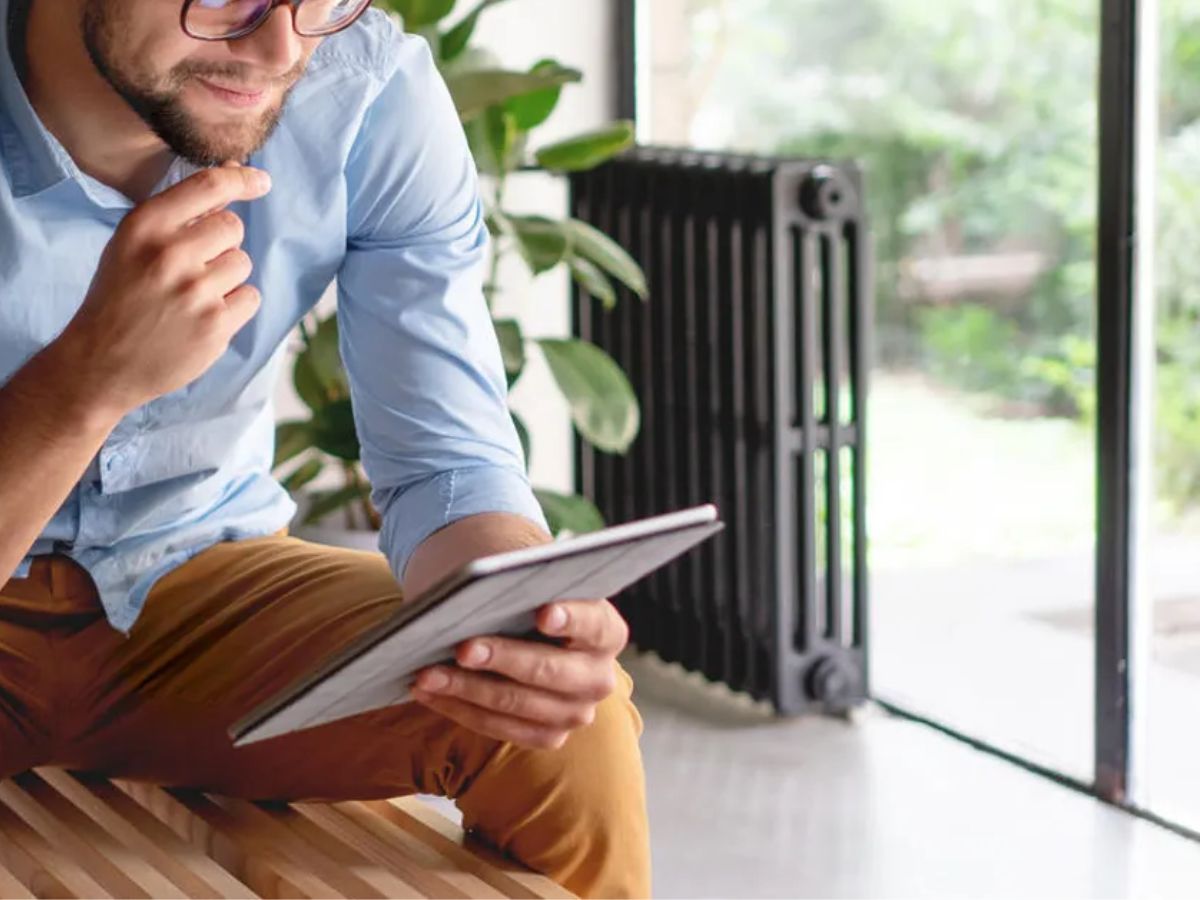
How to Use an Android Tablet with a Barcode Scanner
Using an Android tablet with a barcode scanner can be a powerful tool for various applications, from inventory management to data entry. This guide will walk you through the process of setting up and using an Android tablet with a barcode scanner, including choosing the right scanner and troubleshooting common issues.
Choosing the Right Barcode Scanner
Before diving into the setup process, selecting the right barcode scanner for your needs is essential. Several types of barcode scanners are available, each with its own strengths and weaknesses.
USB Barcode Scanners
USB barcode scanners connect directly to the tablet via a USB port. They are often more affordable and provide a reliable connection. However, they may require a USB port on the tablet, which can be limited, especially on larger tablets.
Bluetooth Barcode Scanners
Bluetooth barcode scanners offer more flexibility as they can be paired with the tablet wirelessly. This makes them ideal for applications where the scanner needs to be used at different locations or distances from the tablet.
Wireless Barcode Scanners
Wireless barcode scanners use radio frequency (RF) technology to communicate with the tablet. They are often used in industrial settings where cables might be a hindrance.
Camera-Based Barcode Scanners
Camera-based barcode scanners use the tablet's camera to scan barcodes. These are often integrated into apps and can be more convenient for casual use.
Setting Up Your Android Tablet
Once you have chosen your barcode scanner, follow these steps to set it up:
Connecting a USB Barcode Scanner
- Connect the Scanner: Plug in the USB barcode scanner.
- Install Drivers: If prompted, install any necessary drivers from the manufacturer's website or through the Google Play Store.
- Test the Scanner: Open an app that supports barcode scanning (like Google Keep or a dedicated inventory management app) and test the scanner by scanning a barcode.
Pairing a Bluetooth Barcode Scanner
- Enable Bluetooth: Go to Settings > Bluetooth and turn it on.
- Discover Devices: Make sure the Bluetooth barcode scanner is in discoverable mode.
- Pair Devices: Select the scanner from the list of available devices and follow any prompts to complete the pairing process.
- Test the Scanner: Open an app that supports barcode scanning and test the scanner by scanning a barcode.
Using a Wireless Barcode Scanner
- Download App: Download and install the app provided by the manufacturer of your wireless barcode scanner.
- Configure Scanner: Follow the app’s instructions to configure the scanner.
- Test the Scanner: Use the app to test the scanner by scanning a barcode.
Using a Camera-Based Barcode Scanner
- Download App: Download an app that supports camera-based barcode scanning (like Google Lens).
- Open App: Open the app and point your tablet’s camera at the barcode.
- Scan Barcode: The app will automatically recognize and scan the barcode.
Using Your Android Tablet with a Barcode Scanner
Now that your barcode scanner is set up, here’s how you can use it effectively:
Inventory Management
- Choose App: Download an inventory management app like Zoho Inventory or TradeGecko.
- Set Up Inventory: Create items in your inventory and assign them unique barcodes.
- Scan Items: Use your barcode scanner to quickly scan items as you receive or ship them out.
- Update Inventory: The app will automatically update your inventory levels based on the scanned data.
Data Entry
- Choose App: Download an app that supports data entry like Google Forms or Microsoft Excel.
- Create Form: Create a form with fields that correspond to the information you want to capture.
- Scan Data: Use your barcode scanner to quickly scan data and populate the form fields.
- Save Data: Save the data directly into the app or export it for further analysis.
Point of Sale (POS) Systems
- Choose POS System: Download a POS system like Square or Shopify.
- Set Up Products: Create products in your POS system and assign them unique barcodes.
- Scan Products: Use your barcode scanner to quickly scan products during checkout.
- Process Transactions: The POS system will automatically process transactions based on the scanned data.
Troubleshooting Common Issues
While using an Android tablet with a barcode scanner, you might encounter some common issues. Here are some troubleshooting tips:
Scanner Not Recognized
- Check Connections: Ensure that the USB cable is securely connected if using a USB scanner.
- Restart Devices: Sometimes restarting both devices can resolve connectivity issues.
- Update Drivers: If using a USB scanner, ensure that the drivers are up-to-date.
Scanning Issues
- Clean Scanner: Make sure the scanner lens is clean and free from dust or debris.
- Adjust Lighting: Ensure that the area is well-lit for clear scanning.
- Check Code Quality: Ensure that the barcode is clear and not damaged.
Connectivity Issues
- Check Wi-Fi Credentials: Double-check that the Wi-Fi credentials embedded in the QR code are correct.
- Restart Router: Restart your router to ensure it is functioning properly.
- Update Software: Keep your device’s software updated to ensure compatibility with QR code features.
Ensuring Security
When using a barcode scanner to share sensitive information like Wi-Fi credentials, security is crucial:
- Use Strong Passwords: Use strong, unique passwords for your Wi-Fi network to prevent unauthorized access.
- Change Passwords Regularly: Change your Wi-Fi password periodically to maintain security.
- Limit Access: Only share your QR code with trusted individuals to prevent unauthorized access.
Using an Android tablet with a barcode scanner can significantly boost productivity in various applications. By choosing the right type of scanner and following the setup instructions, you can efficiently manage inventory, perform data entry, and streamline POS systems. Troubleshooting common issues ensures that your setup remains smooth and secure. With these tips, you are ready to harness the full potential of your Android tablet and barcode scanner combination.
